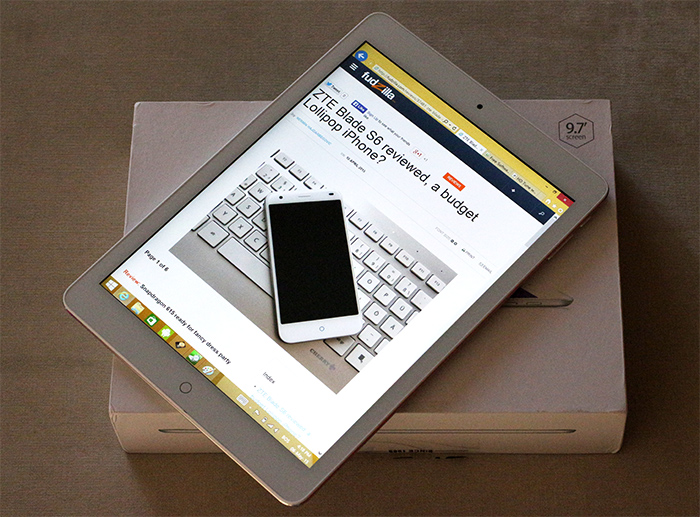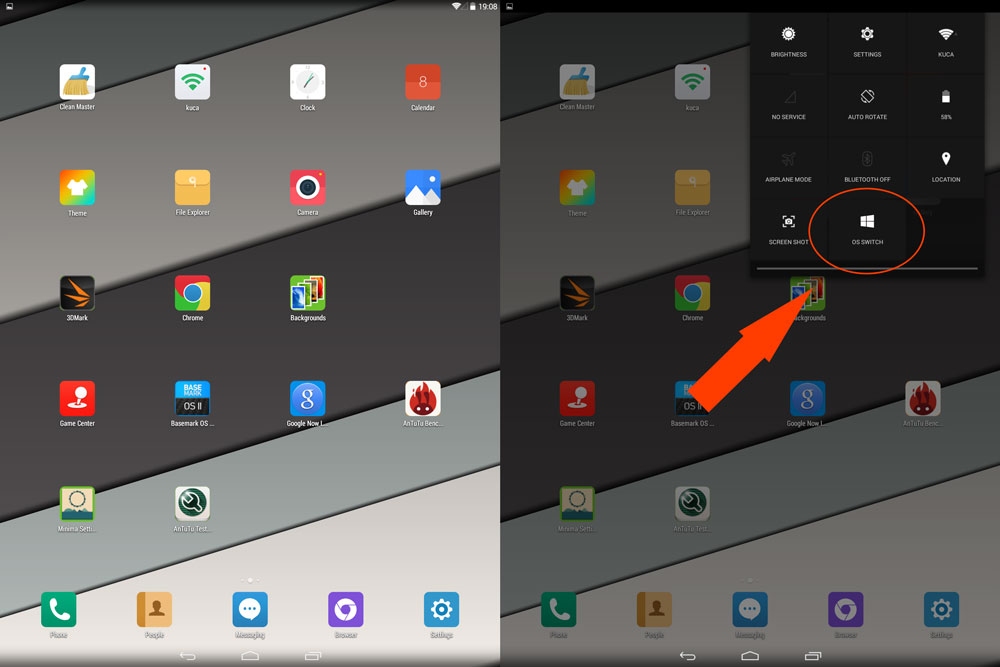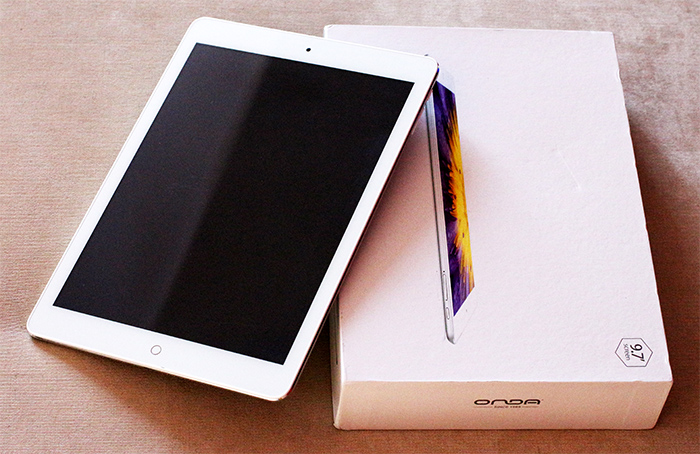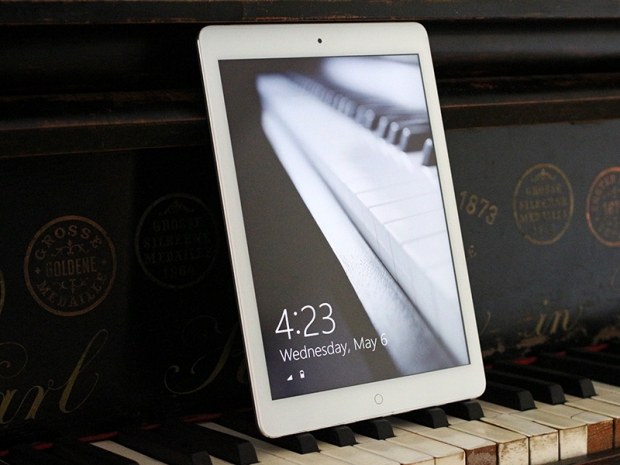Index
OS, UI and Everyday Use
This is where it gets tricky, because the Onda comes with two operating systems – Android 4.4 and Windows 8.1. So where does it feel at home?
In Android mode, the tablet boots with a custom Onda launcher and quite a bit of bloatware. Luckily most of the bloatware can be removed and the launcher, which isn’t too bad in its own right, can be easily replaced.
Our biggest problem with Android on this device has nothing to do with the device itself. Few Android apps are designed with big 2048x1536 displays in mind. This isn’t a problem with Chrome, Gmail and core apps in general, but most third-party apps just aren’t optimised for high resolution 4:3 displays. Even basic stuff, such as finding an adequate wallpaper in the app store, can be a daunting task.

However, after trying Windows, we sort of forgot about Android and here is why. Although Android offers a lot more apps to choose from, Windows just works a tad better in most situations. The UI feels smoother, and even Internet Explorer delivers great performance. Power users will also appreciate the unmatched flexibility of Chrome or Firefox for desktop. Pairing a Windows tablet with a cheap Bluetooth keyboard can turn it into a productivity beast on the cheap, especially if it has a high-resolution panel.
Limited storage may be an issue, since we could access just 9GB in Windows. This is not too bad though, because few people will install a lot of bit, desktop applications on a tablet. You can install the basic stuff and get away with 9GB. You can also use the microSD slot for some cheap (but slow) storage. On the whole, we think the 64GB version makes more sense – it costs just a bit more than the 32GB model, but offers a lot more eMMC storage. It’s worth the extra investment, hands down.

Switching between operating systems is straightforward. You can access the OS switch in the Android drop down settings menu, or via a Windows app in the taskbar. Either way, the tablet will simply reboot into the OS of choice and the whole process usually takes about 20 seconds, depending on how much stuff you’ve got open.
We like the idea of having two of the most popular operating systems in the world on a single device, but there are a few caveats. Storage is obviously the first thing to consider, as you’ll just need more storage out of the box. This is obviously the biggest problem, and so is using the same files in both systems. Either way, whether you choose the 32GB or 64GB model, our advice is to get a cheap microSD card to play around with and store media files. It will reduce clutter on the eMMC storage and help you manage your media libraries in a more elegant way.

In terms of battery life, 7000mAh sounds like a fair amount of juice for an inexpensive tablet. However, bear in mind that the Onda V919 Air packs a QXGA display and a processor capable of hitting 2.1GHz. If you push it too hard, battery life will suffer. We experienced this during our brief benchmarking session. Driving a high resolution display and maxing out the SoC takes a big toll on battery life, as does using 3G, so during intense use we managed to drain about 20% of the battery in less than an hour. Of course, benchmarking is not a realistic use case by any stretch of the imagination. Normal use is another story, and you should have no trouble getting around 8 hours’ worth of browsing on a single charge, with average brightness settings.




